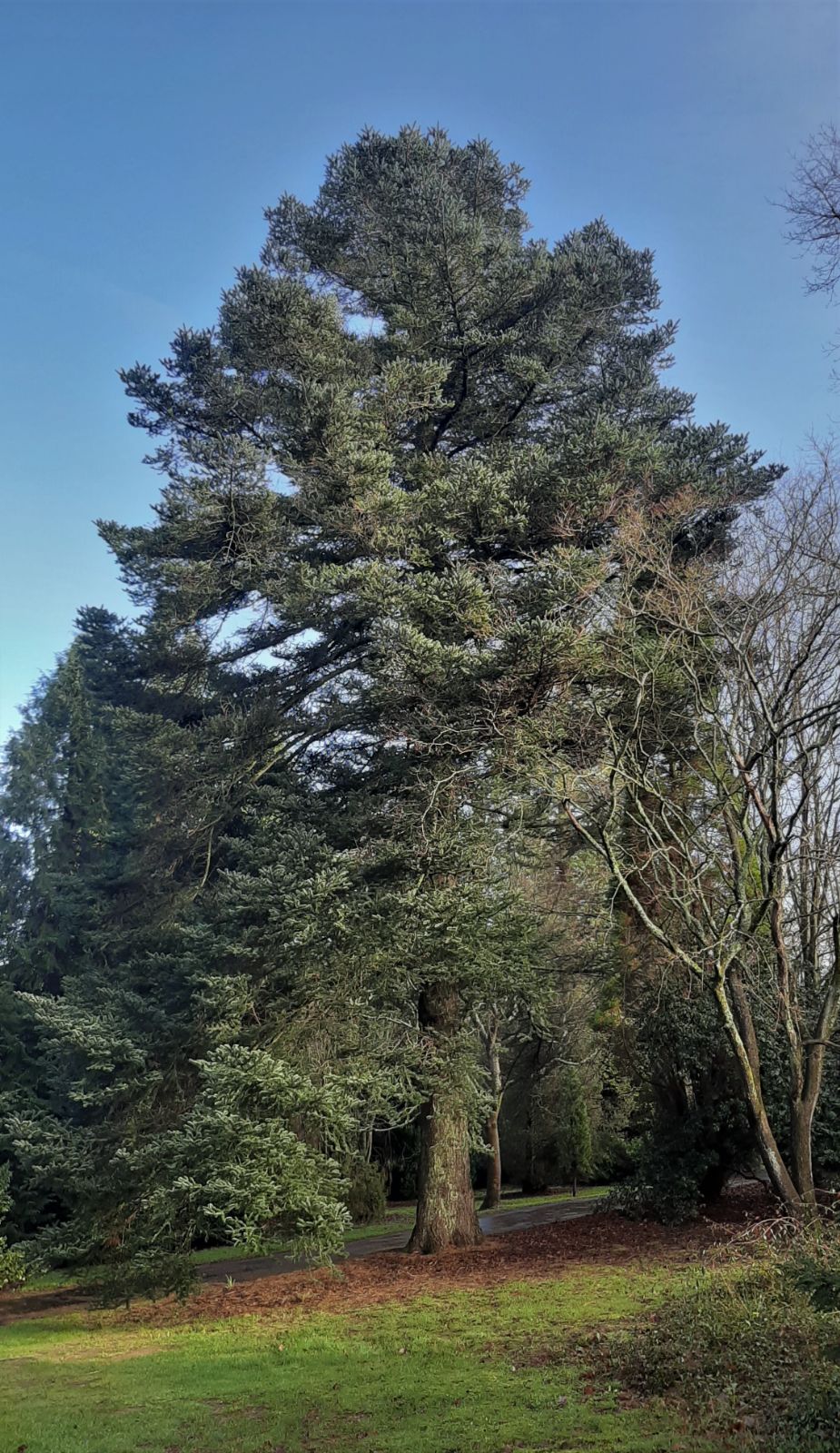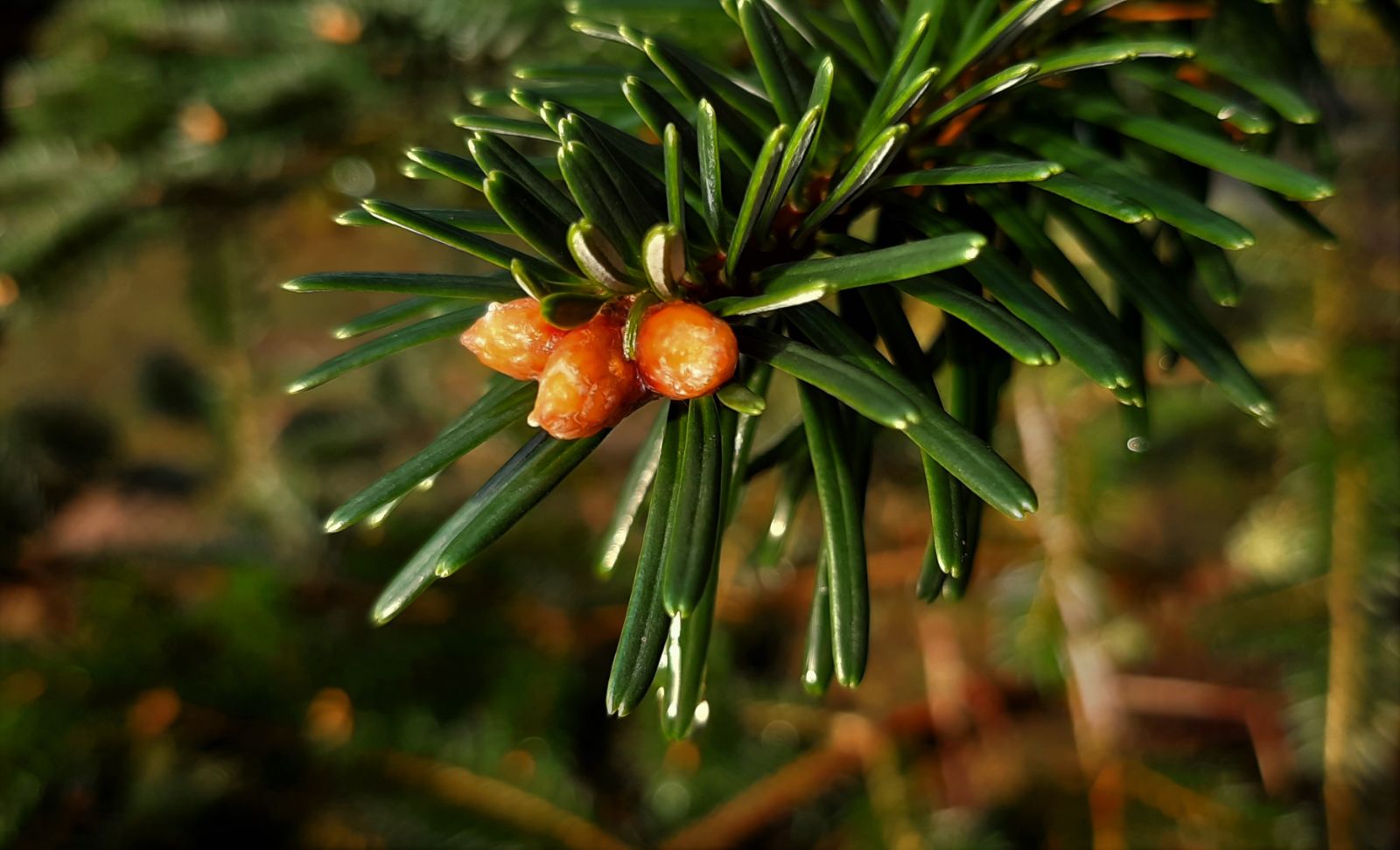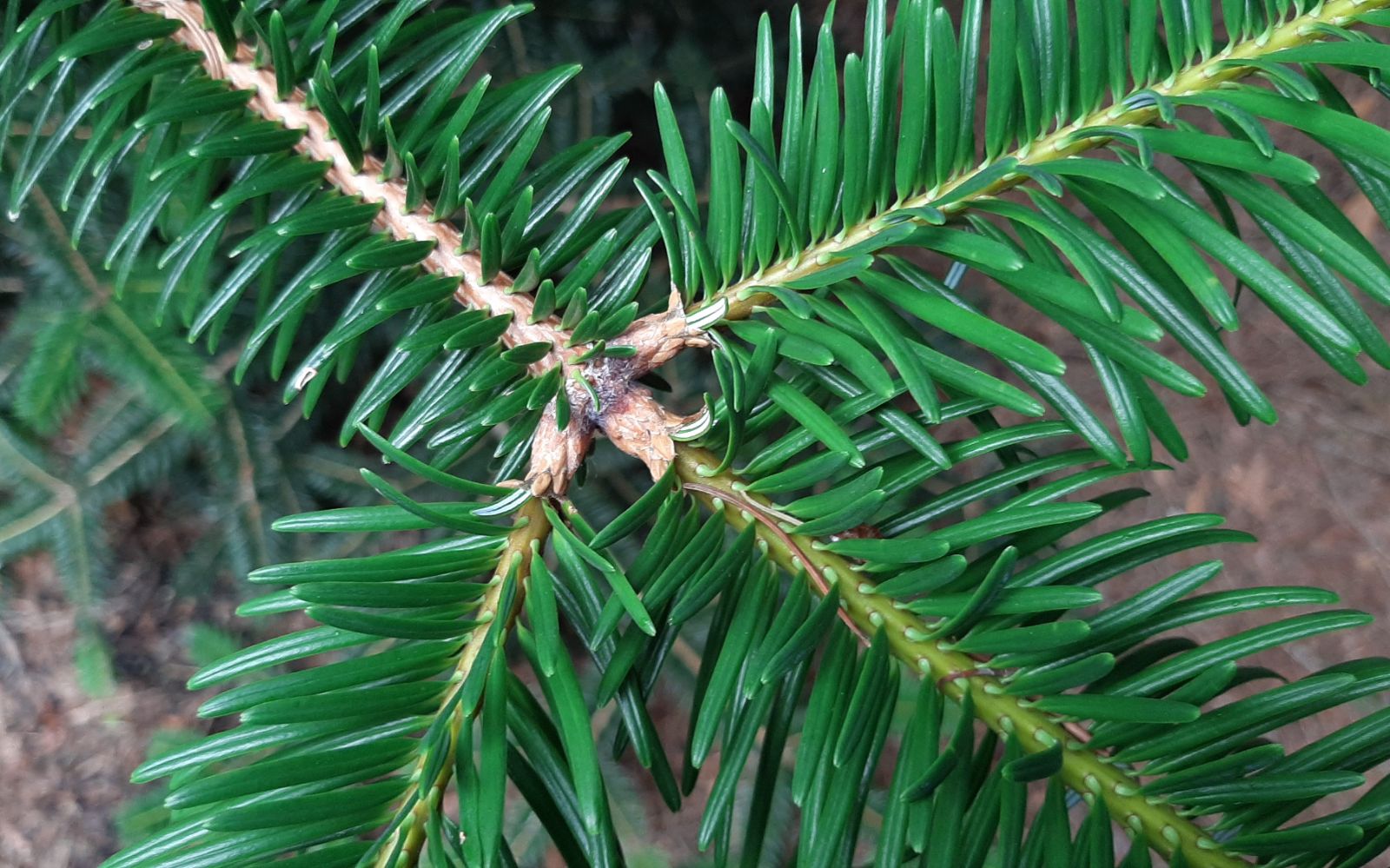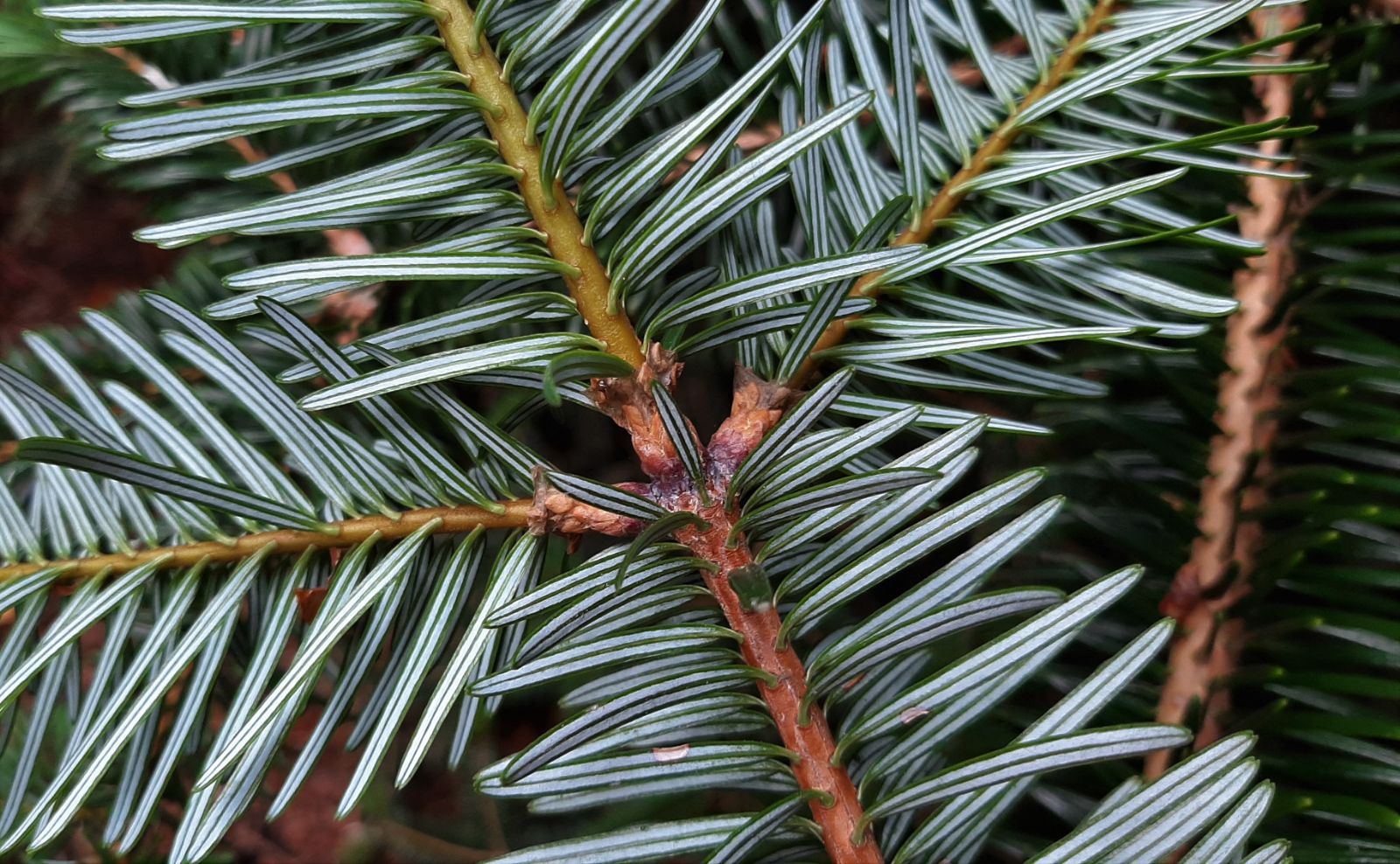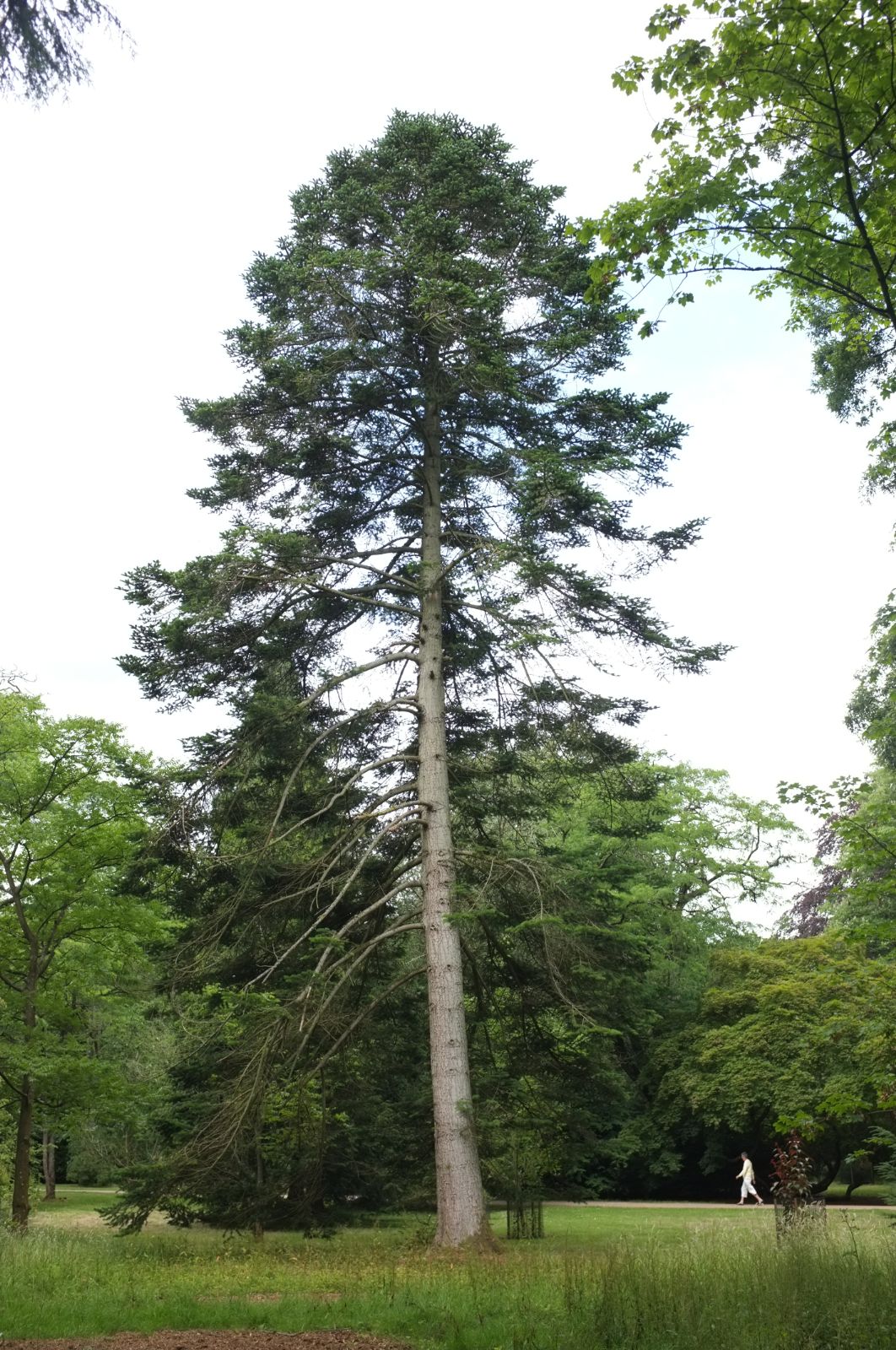Abies × chengii
Sponsor
Kindly sponsored by
Sir Henry Angest
Credits
Tom Christian (2021)
Recommended citation
Christian, T. (2021), 'Abies × chengii' from the website Trees and Shrubs Online (treesandshrubsonline.
Genus
- Abies
- A. forrestii × A. salouenensis
Common Names
- Cheng Fir
Synonyms
- Abies forrestii var. chengii Rushforth (Silba)
Other taxa in genus
- Abies alba
- Abies amabilis
- Abies × arnoldiana
- Abies balsamea
- Abies beshanzuensis
- Abies borisii-regis
- Abies bracteata
- Abies cephalonica
- Abies chensiensis
- Abies cilicica
- Abies colimensis
- Abies concolor
- Abies delavayi
- Abies densa
- Abies durangensis
- Abies ernestii
- Abies fabri
- Abies fanjingshanensis
- Abies fansipanensis
- Abies fargesii
- Abies ferreana
- Abies firma
- Abies flinckii
- Abies fordei
- Abies forrestii
- Abies forrestii agg. × homolepis
- Abies fraseri
- Abies gamblei
- Abies georgei
- Abies gracilis
- Abies grandis
- Abies guatemalensis
- Abies hickelii
- Abies holophylla
- Abies homolepis
- Abies in Mexico and Mesoamerica
- Abies in the Sino-Himalaya
- Abies × insignis
- Abies kawakamii
- Abies koreana
- Abies koreana Hybrids
- Abies lasiocarpa
- Abies magnifica
- Abies mariesii
- Abies nebrodensis
- Abies nephrolepis
- Abies nordmanniana
- Abies nukiangensis
- Abies numidica
- Abies pindrow
- Abies pinsapo
- Abies procera
- Abies recurvata
- Abies religiosa
- Abies sachalinensis
- Abies salouenensis
- Abies sibirica
- Abies spectabilis
- Abies squamata
- Abies × umbellata
- Abies veitchii
- Abies vejarii
- Abies × vilmorinii
- Abies yuanbaoshanensis
- Abies ziyuanensis
Tree to 20–30 m, to 1 m dbh. Crown of mature trees broad conical-pyramidal. Bark grey, smooth in young trees, becoming fissured and scaly with age, especially in the bole. First order branches long, slender, spreading, downswept with age. Branchlets horizontal or weakly assurgent, mahogany in the first year, shining, weakly grooved, glabrous or initially pubescent along grooves; later orange-brown, darkening with age, glabrous, weakly fissured. Vegetative buds ovoid-conical, or globular on weak side shoots, pale orange-brown, densely resinous. Leaves on sterile shoots forward, parted above and below the shoot by a ‘V’, 1.5–4(–6) cm × 2.5–3 mm, longest at the mid-point of each annual shoot, base twisted, apex rounded or weakly bifid or emarginate, glossy dark green with a distinct central groove above, a distinct midrib dividing two pale greenish-white stomatal bands below. Seed cones pedunculate, ovoid-cylindric, apex rounded or weakly dimpled, 6–9 cm long, violet at first, brown at maturity, resinous; seed scales auriculate, 2.2 × 2.6 cm at midcone; bracts usually included, or slightly exserted near the base, (or prominently exserted across the cone but few in number and sparsely set, possibly affected by parental roles). (Rushforth 1983; pers. obs.).
Distribution China Yunnan (Lijiang Shan), and probably in other localities where the parents meet
Habitat Mountain forests, presumably in the transition zone between the parents.
USDA Hardiness Zone 6-7
RHS Hardiness Rating H7
Conservation status Not evaluated (NE)
Taxonomic note Originally published as a species described from cultivated trees (raised from F 30663, the herbarium specimen of which fits A. salouenensis) there now seems little doubt that this batch of seeds yielded hybrids with A. forrestii. The name should thus be written as A. × chengii. Several trees in collections now labelled A. × chengii were previously labelled A. chensiensis and A. fargesii, and these names were given as pro parte horticultural synonyms by Rushforth (1983) and Clarke (1988) but this is inaccurate: these were merely misidentifications and do not warrant a listing in synonymy.
Cheng Fir was described in 1983, from trees growing in several British collections descended from George Forrest collections gathered in Yunnan (Farjon 1990). For some time this taxon, originally treated as a ‘good’ species, was thought to be another A. forrestii ally, but no populations could be found that conformed to the type material growing in Britain. The passage of time has allowed for further observations to be made, and all the available evidence now points to a hybrid origin. The precise parentage of Abies × chengii, however, remains open to interpretation. Some cultivated trees are traceable to one of Forrest’s later gatherings, F 30663, herbarium material of which is attributable either to A. salouenensis (as treated here) or to A. chensiensis subsp. yulongxueshanensis (sensu Farjon (2017)) depending on the taxonomy one chooses to follow (see A. salouenensis for further discussion). The other parent is almost certainly A. forrestii (in the narrow sense, as treated here) for this is the next fir to be encountered as one ascends the Lijiang Shan. The third fir native to those mountains, A. georgei, occurs above A. forrestii, and it seems unlikely that the two altitudinal extremes would have leapfrogged the middle in their quest to confuse us (Debreczy & Rácz 2011).
Until quite recently the only trees of A. × chengii known in collections were mature ones, mostly presumed or known descendants of F 30663, and several young grafts from these. In c. 2009, however, the present author noticed an errant plant in a batch of saplings from CLD 782 growing in the nursery at the Royal Botanic Garden Edinburgh (accession 19910655). All the other trees in the batch matched A. forrestii as labelled, but one was clearly different even from a young age, with wider-spaced and longer leaves, and pale shoots. This was re-accessioned and now grows at Edinburgh under the accession 19915030, and in most vegetative characters matches known trees of A. × chengii. This tree produced seed cones for the first time in 2019, and although these were quite unlike the original description of A. × chengii, in that the sparse bracts were conspicuously exserted across the cone, this may have been a consequence of its young age, or A. forrestii being the seed parent rather than the pollen parent, as is assumed to be the case for older trees (pers. obs. 2009–2019).
The largest trees of A. × chengii grow in the Sir Harold Hillier Gardens (23.6 m × 0.92 m dbh in 2017) and at Westonbirt Arboretum (23 m × 0.71 m dbh in 2014, but has since lost its top). Other notable examples are extant at Burnside, Angus, and at Rosemoor, Devon (Tree Register 2020). A tree at Castlewellan in Northern Ireland, mentioned in the original publication, may have gone. The Westonbirt tree was chosen by Rushforth as the type; grafts from this and from other mature trees have been modestly distributed, but it remains a rare taxon even in collections.
A coordinated effort to grant this hybrid a greater presence in horticulture may pay dividends: both parents are handsome subjects in the garden, but in combination they have endowed A. × chengii with greater heat tolerance than A. forrestii and its high-altitude allies. A tree at Kew (1932–46202) is admittedly past its prime, but it has survived far longer than one could reasonably expect A. forrestii to in an increasingly warm and dry climate. Besides this useful quality, hybrid vigour ensures that, properly sited, A. × chengii is capable of forming a fast-growing, resilient and handsome tree, deserving of a wider audience.

